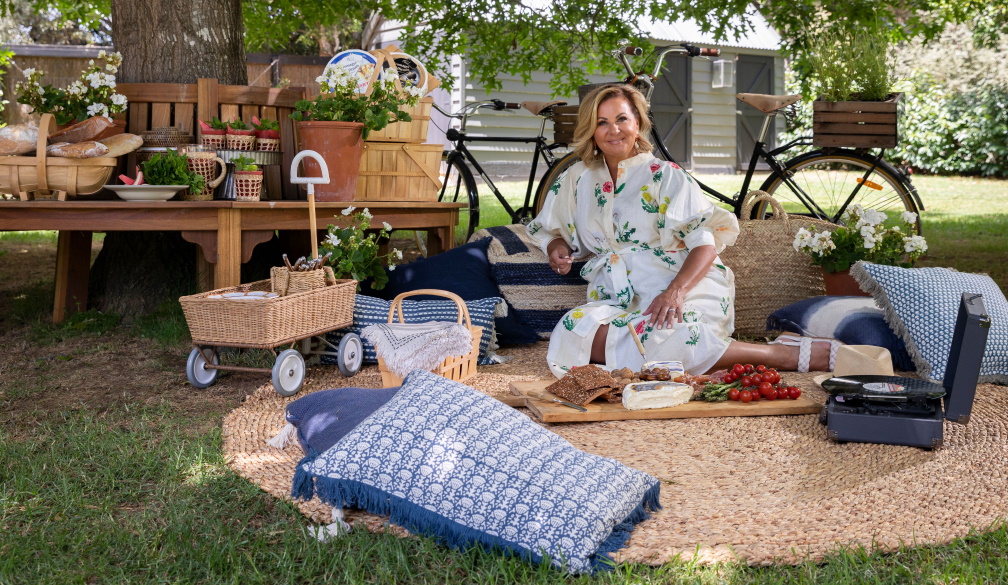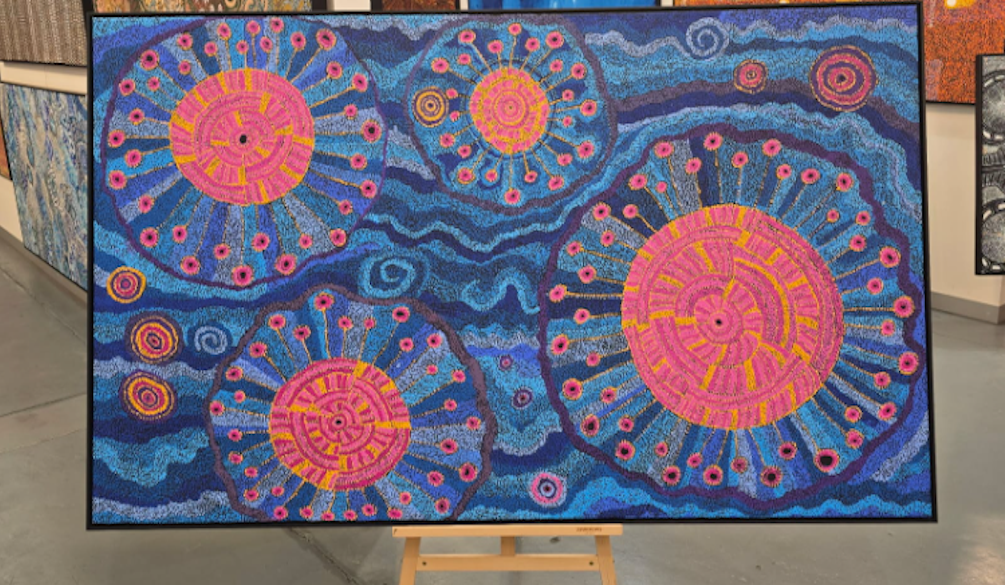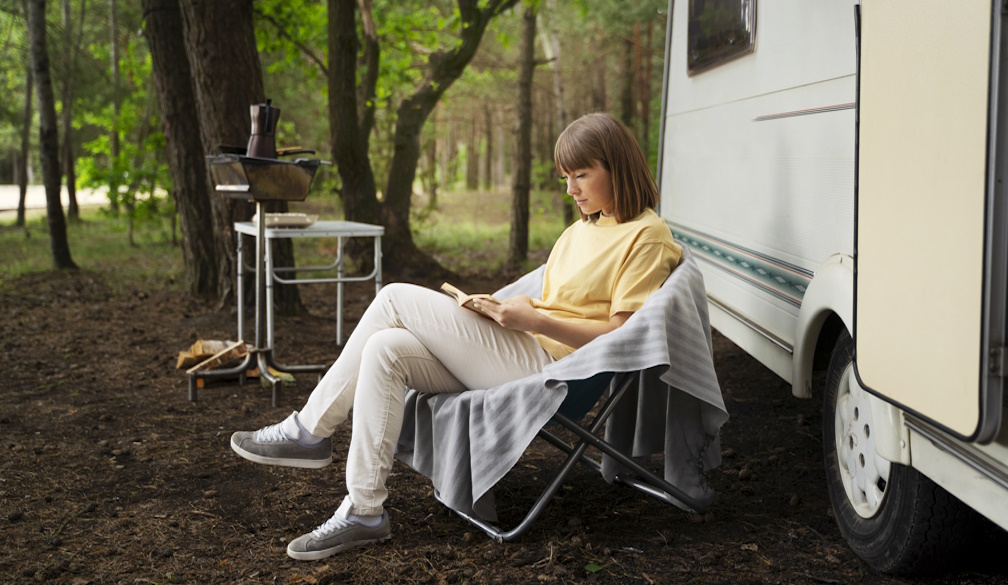Proper Etiquette for a Girl's Lunch
- Written by The Times

THE PROPER ETIQUETTE FOR HOSTING A FASHIONABLE LADIES LUNCHEON IN THE PARK
There is more to a picnic than throwing down a blanket and opening a hamper of sandwiches, especially when you are hosting a stylish ladies’ luncheon in the park.
Events queen Chyka Keebaugh knows the right way to host the perfect picnic.
Chyka has drawn on her experience – including with The Real Housewives Of Melbourne – to host the perfect Ladies Luncheon under the beautiful oak tree in the garden of her Mornington Peninsula home.
Chyka says the key to being the perfect host is providing everything your guests need. While that includes an abundance of delicious food and drinks, the food should not take up too much of your time or keep you away from your guests.
“There is nothing worse than organising a fun event such as a picnic but spending the whole time running around – it is better to do fewer elements but have more of it,” she says.
“Fromager d’Affinois cheese is perfect because it is so, so flavoursome and melt-in-your-mouth and can be served as the centrepiece of a gorgeous board of cheese, meats, dips and bread, or even as a dessert.”
Chyka’s perfect picnic would be surrounded by friends in the countryside with a big blanket plus lots of cushions and throws – and a collection of hats and anything else her guests could need – with music playing on a speaker, chilled sangria and boards of gorgeous food including Fromager d’Affinois Le Fromager, a double cream cheese dream, and Fromager d’Affinois Truffles, with real bits of black truffles.
Chyka says as well as simple but delicious food, hosting the perfect picnic is all about being prepared – ensure you have everything you need and get there early to set up. She says no one enjoys arriving at an event to find the host in a panic. And setting the scene doesn’t have to be hard work.
“I loved the idea of using our big oak tree and the beautiful wraparound bench as the centre of my ladies’ luncheon,” she says. “The idea of layering up rugs, cushions and ottomans is such a fun thing to do while also making the space comfortable and enjoyable.
“Thinking of all those small extras is really what makes this beautiful setting work. A basket full of suntan cream, mosquito repellent, lots of sun hats and even an old record player to create that ambience. I used beautiful baskets as layering pieces but they are also incredibly practical as you can carry your things before you begin styling. “Keeping the colours to simple blue and white also gives the space consistency which also makes it feel calm and relaxing. The only thing left to do is to relax and sip a delicious sangria and enjoy the company of your friends.”
Chyka says there are some etiquette rules that apply specifically to the cheese – most importantly use a separate knife for each cheese and don’t mix them.
Etiquette rules also apply for guests. While a Ladies Picnic Lunch is likely to be an elegant, fashionable affair, ensure you dress appropriately – especially footwear (no stilettos that will sink into the grass) – and remember a hat and sunglasses, and a jacket for if it is cool.
Guests should also offer to bring something, even if the host has it all under control.
“Whenever someone else is throwing an event, I always take something for the host or to share,” Chyka says. “It doesn’t have to be over the top, something to say ‘Thank you for organising, I appreciate it’.” + a wedge of Fromager d’Affinois cheese for instance, as it will please the greatest number of people
CHYKA’S CHIC PICNIC ETIQUETTE
When it comes to hosting events, Chyka Keebaugh is an expert and knows the proper etiquette for hosting a picnic, especially a stylish Ladies Luncheon in the park. Chyka says: “As simple and easy as a picnic should be, a little bit of thought and preparation will make your picnic perfect.”
Here are her etiquette guidelines and tips:
Be prepared for all types of weather:
Obviously, the dream is the perfect sunny day but sometimes we have to contend with wind and rain. As a host, check the forecast to ensure you are prepared and keep your guests updated with things they may need to bring such as a warm jacket or even an umbrella. If it is going to be very hot and sunny, make sure you have shade such as beach umbrellas or canopies, or set up under a shady tree. + she particularly enjoys setting her picnic under the old oak tree of her Morning Peninsula house
Make it easy and comfortable for your guests:
Choose a picnic site that is easy to get to and has parking and bathroom amenities. I always like to be prepared for anything that my guests may need so fill a box with all the essentials such as sunscreen, insect repellent, first aid kit, extra hats and blankets. + collection of cushions and rugs + old wicker baskets used for height
Create a menu that is easy but looks great:
There is nothing worse than organising a fun event such as a picnic but spending the whole time running around – it is better to do fewer elements but have more of it. Fromager d’Affinois cheeses are perfect because of their crowd-pleasing, buttery taste and heavenly creamy texture. They can be served as the centrepiece of a gorgeous board of cheese, meats, dips and bread, or even as a dessert. + Chyka is a fan of their most indulging variation Fromager d’Affinois Truffles with real bits of black truffles to impress her friends
Keep it cool:
Make sure you have an esky for things which need to stay cool – you do not want to serve your guests warm chicken sandwiches. You can also fill buckets with ice to create a bar area where people can help themselves to drinks.
Keep it clean:
Bring plenty of containers for any leftover food. Set up bins around the perimeter of your picnic for your guests to use. At the end of your event make sure you leave the space better than when you arrived – it’s distressing to see the mess people leave in a public area so make sure your bin bags are sealed and taken with you.
Give yourself plenty of time to set up before your guests arrive:
You do not want your guests turning up and seeing you running around unorganised. It puts everyone in a stressed mood.
Plan and pack:
Think about the how you want your picnic to look and make sure you have packed everything you need from extra tables, tablecloths, condiments, serving bits and pieces plus any decorations, extra plates and cutlery (especially if going down the disposable route).
Make it child’s play:
If you have children coming, it’s always nice to think of some fun games that they can play while the adults are catching up. It may be a simple as having cricket bats and balls, soccer balls or even organising a treasure hunt.
Mood music:
Music is great to create an atmosphere but of course be mindful of other people around you. Put together a playlist that will be appreciated by everyone. + Chyka loves bringing her old record player with vinyls.
Picnics really are such a fun way to catch up with our friends and, when done well, are a perfect way to entertain.























